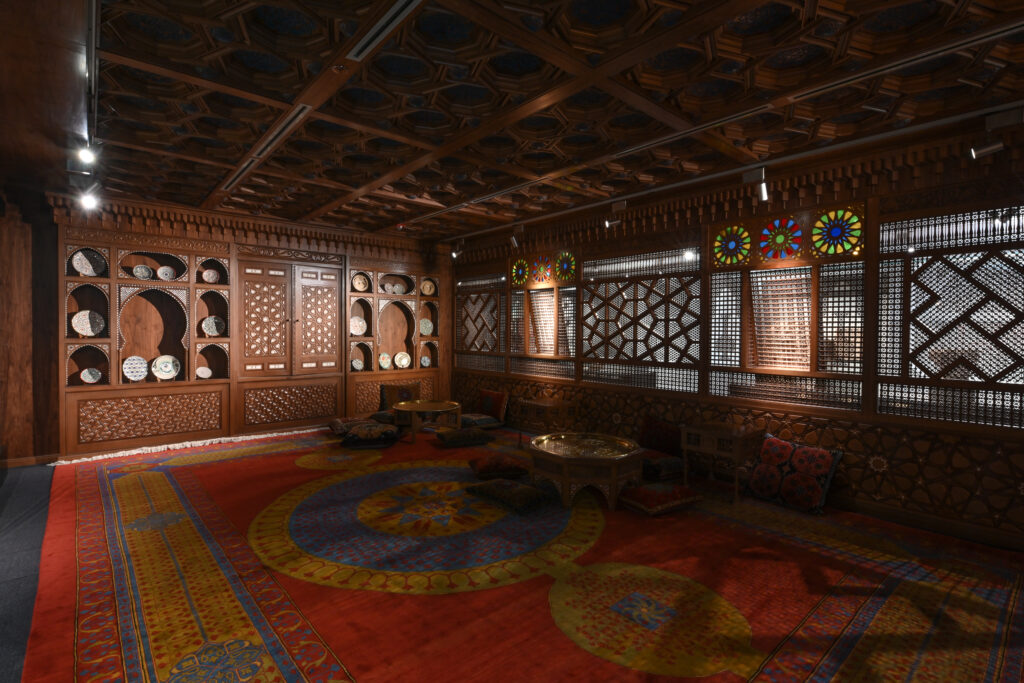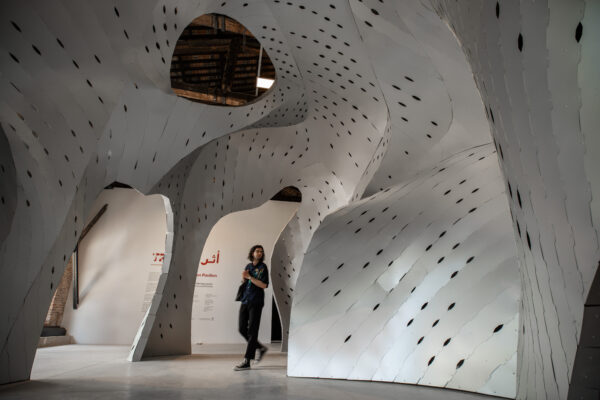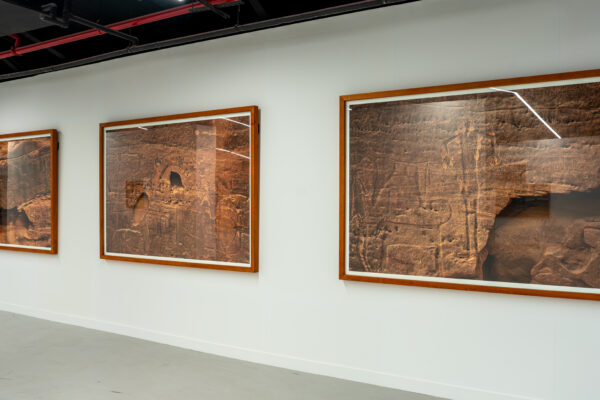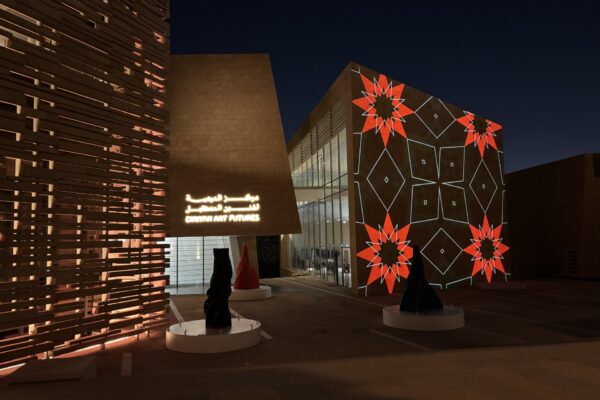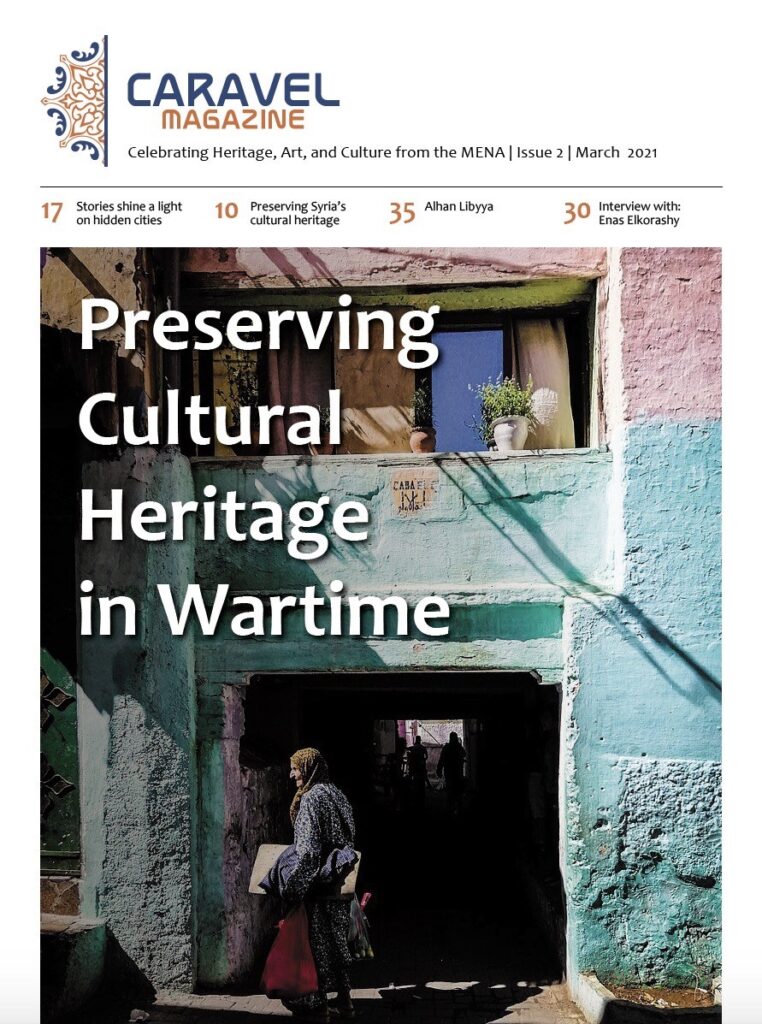Interview by Sulaiman Othman
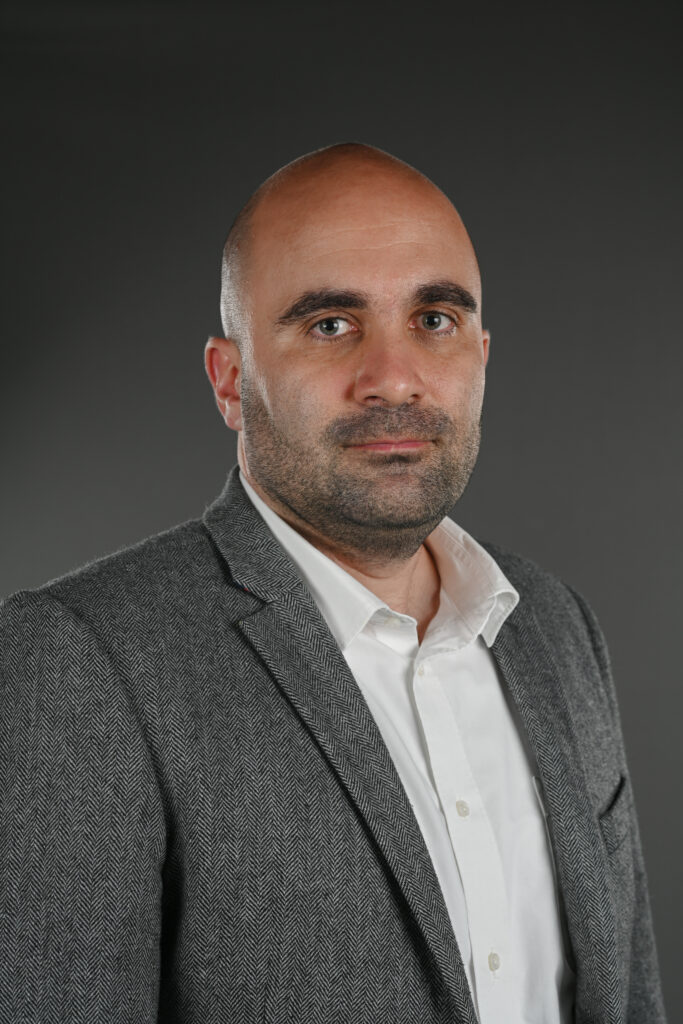
Dr Idries Trevathan, Islamic Art and Culture Curator at the King Abdulaziz Center for World Culture Ithra brings a wealth of experience to the preservation and exploration of Islamic art. Over the past 15 years, he has contributed to significant conservation projects and groundbreaking studies on Islamic art objects, spanning Malay Qur’an manuscripts to Ottoman architectural elements in Makkah. His publications, such as Colour, Light and Wonder in Islamic Art and The Art of Orientation: An Exploration of the Mosque through Objects, have cemented his reputation as a leading voice in the field.
As part of Ithra’s second Islamic Art Conference (November 25–26), Trevathan curates the In Praise of the Artisan exhibition, a tribute to the craftsmanship and traditions that underpin Islamic arts and culture. The conference, organised in collaboration with the Alfozan Award for Mosque Architecture, will feature symposia, film screenings, exhibitions, and more, offering a comprehensive look at the modern relevance and enduring beauty of Islamic art. In this interview, Trevathan shares insights into his curatorial vision and the vital role artisans play in shaping Islamic heritage.
What was your primary goal in showcasing historical and contemporary works in the “In Praise of the Artisan” exhibition, and how do you hope visitors will connect with the diverse influences of Islamic arts and crafts?
The primary goal of the “In Praise of the Artisan” exhibition was to showcase the rich history and diverse influences of Islamic arts and crafts from around the world, emphasizing the evolving traditions embedded in it. We aimed to present exquisitely crafted works that visitors might not have encountered before, yet are intrinsically linked to their heritage or resonate with their cultural background.
I hope that this exhibition inspires visitors to delve deeper into Islamic crafts appreciate how these artistic traditions are interconnected across regions and be mesmerized by the beauty and history of these works.
Firstly, the exhibition aims to celebrate and honour the arts and crafts of the Muslim world. In addition to presenting historic masterworks, we will present contemporary pieces in order to revive an interest in contemporary practice of traditional Islamic arts and crafts. We believe that it is important to treat Islamic art as a living tradition by connecting Islamic art with craftspeople and their workshops in order to help make more sense of their historic collections.
Moreover, our hope is that the exhibition and accompanying conference will help keep traditional craft skills alive and lead to more training and job opportunities for students and budding craftspeople. In addition to this, we aim to explore the use of craft as a catalyst for social change in developing Muslim countries, learn about the important and laudable work being conducted by individuals and institutions to engage with living craft traditions and craftsmen today as well as highlighting the historical roots and development through time of current crafts, thus showing the artisans role throughout history and in today’s society.
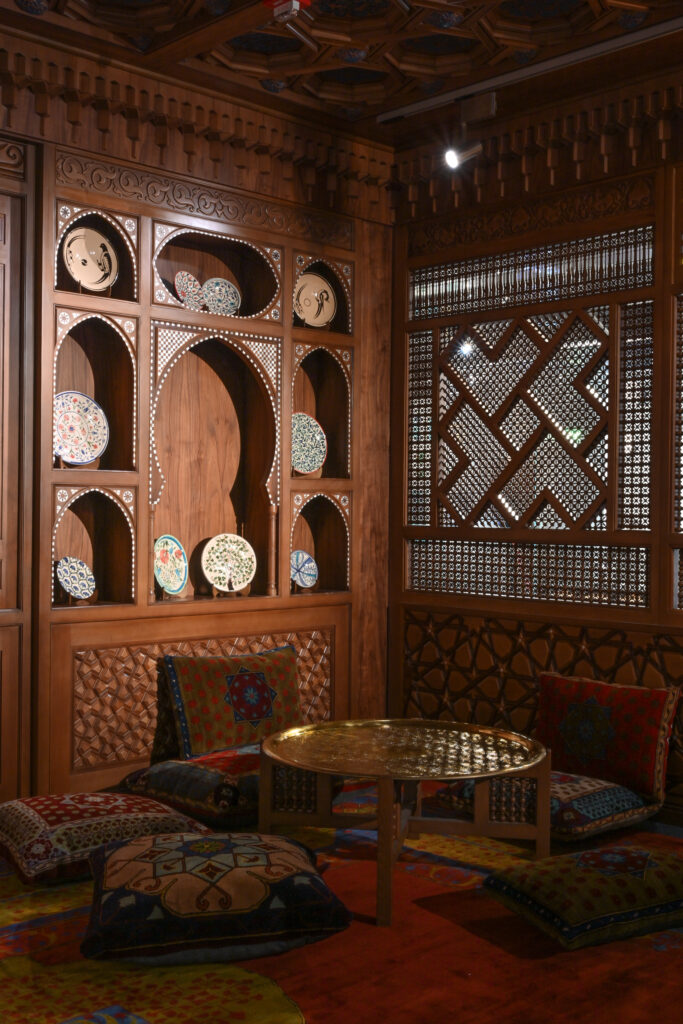
The exhibition features significant pieces like the largest hand-carved stone screen since the Taj Mahal. Can you share the story behind the selection of these works and their significance in Islamic art?
We wanted to create pieces that are broadly representative the creative genius of the Muslim world and its great arts and crafts traditions. Selecting the place, craft and object was not easy as there is such a wide variety from which to choose. Fundamentally the criteria we used to select pieces was whether the craft demonstrated a living ‘breathing’ tradition that continues to be valued and have meaning in the 21st century. We also wanted to connect a particular craft to significant historical centre/ city where traditional arts are still being practiced to a high standard. As such, we approached dozens of master artisans in these places to create pieces for the exhibition. We asked these artisans to create works that take inspiration from a celebrated historic building (near to where they work) as well as the historic pieces displayed in our exhibition. Thus, we have works by embroiderers in Makkah, weavers in Terengganu (Malaysia), Ajami painters in Damascus, glass blowers in Palestine, stone carvers in Rajasthan, calligraphers in Istanbul, woodcarvers in Cairo, plaster carvers and zillij tile makers in Fez, potter in Granada and tilemakers in Samarqand and more…
How do contemporary Islamic artisans balance preserving traditional craft skills with innovation in the field?
One of the main challenges for contemporary Islamic artisans is balancing between preserving traditional craft skills and embracing innovation. But like every challenge – it comes with opportunity. Contemporary artisans, in fact, are exploring new ways of honoring their rich cultural heritage while integrating modern materials, technologies, and design ideas to keep their art relevant to a young and diverse public. This approach allows them to stay rooted in tradition while evolving their craft to connect with contemporary audiences, ensuring that their work reflects both the past and the present.
One of the key messages we’re trying to communicate is that Islamic art and crafts are not something from a dead and distant past that is only accessed in museums. Islamic art is timeless in terms of its beauty and functionality. One outcome of the exhibition is, we hope, that the public will be more open to patronising artists and craftspeople to create pieces for their homes instead of purchasing mass-produced badly made art and furniture which they must replace every decade. Cheap furniture from abroad is a false economy and we should be more willing to pay extra to create unique and well-made objects which we can pass down to our children. This avoids waste and is much more economical. In this way, we are also supporting the preservation of historical artistic tradition and our own unique cultural identity.
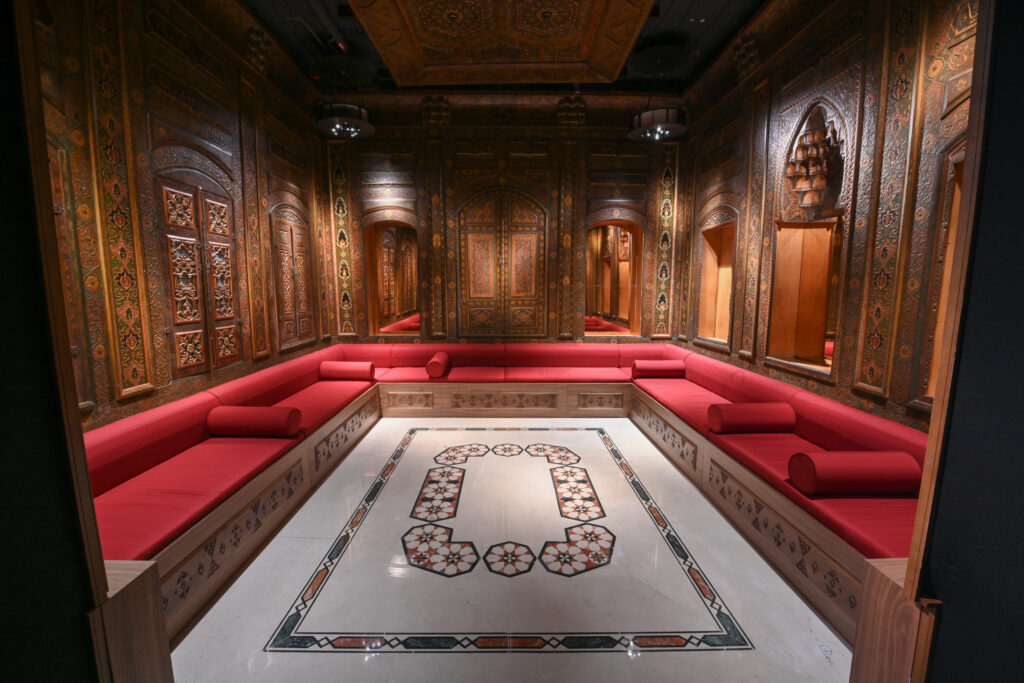
What challenges did you face in curating such diverse works, and how did you ensure the exhibition reflects the rich diversity of Islamic artistic traditions?
Curating such a diverse range of works presented several challenges, particularly in sourcing pieces that authentically represent the vast spectrum of Islamic artistic traditions. However, the process was extremely rewarding. We meticulously selected works that not only highlight the geographical diversity of Islamic art, but also showcase the different mediums, styles, and historical periods. Ensuring the exhibition reflects the rich diversity of Islamic artistic traditions required careful research and collaboration with artisans, collectors, and institutions worldwide.
The fact that these works were made in places across the Muslim world presents a huge logistical challenge to bring them here and install them in our gallery. While some commissioned pieces are small like Songket textile from Malaysia or calligraphic folio from Istanbul, other pieces comprise massive interior installations such as a 16-meter marble Jali screen (hand-carved in Rajasthan), a huge mashrabiyya interior made in Cairo and a historic Ajami room originally made in Damascus to name just a few…
Another challenge was to curate and present a wide variety of works (demonstrating different crafts, materials and techniques) in a cohesive manner that spans 1600 years of history and covers a geographical area spanning Morocco in the west to Malaysia and China in the east.
What emerging trends or movements in contemporary Islamic arts and crafts do you find most promising for the future of Islamic art and architecture?
One significant trend is the fusion of traditional techniques with digital technologies and a growing emphasis on sustainability, with artisans increasingly turning to eco-friendly materials and traditional methods that minimize waste and use natural resources responsibly. These trends mirror the wish and aim to honor the rich heritage of Islam, while ensuring its relevance and appeal to future generations, encouraging younger artists to appreciate and advance these crafts.
